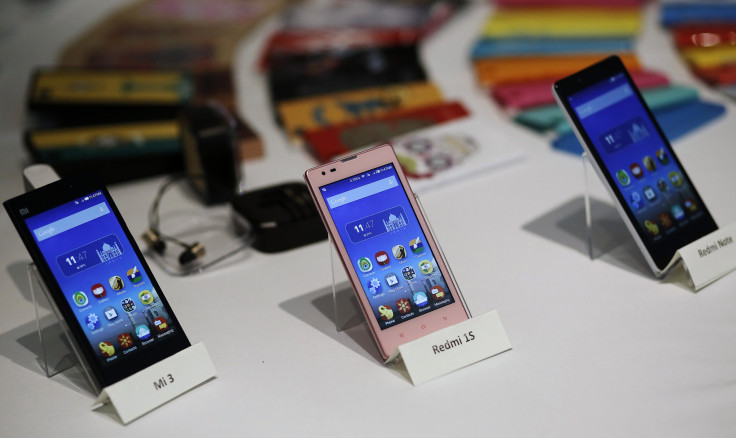How Xiaomi Plans To Trump Apple, Google and Chinese Rivals In India’s Booming Mobile Market

Xiaomi Inc. is looking to India’s growing startup ecosystem to help it diversify beyond its home market in China, where it sold most of its more than 61 million handsets last year. The privately held company, which has rapidly become the world’s third-biggest smartphone maker and has invested in startups from Shanghai to San Francisco, is bringing its partnering strategy to the subcontinent, where it’s making alliances with a number of key ecosystem players.
It’s a campaign that Xiaomi hopes will give it an edge over Chinese rivals like ZTE and Lenovo, as well as U.S. players like Apple and Google, in one of the world’s fastest-growing mobile markets, which is only now seeing the rollout of next-generation services like 4G LTE.
Xiaomi will collaborate with Indian startups in various ways, developing and launching products as well as investing in them, Economic Times reported on Wednesday, citing Manu Jain, the company’s chief operating officer in India. “We have had discussions with a few startups so far,” the newspaper quoted Jain saying.
India is Xiaomi’s largest market outside China, and last year the company sold more than a million handsets via exclusive sales on Flipkart, an Indian online shopping provider.
Xiaomi, which recently closed a $1.1 billion funding round that valued the company at $45 billion, is bringing more products into India. After selling its entry-level Redmi 1S and the more pricey Mi series phones, the company released its Redmi Note phablet in November, including a version that supports the kind of 4G LTE technology currently available in pockets of the Indian wireless market.
The Redmi 2, successor to the 1S as well as the flagship Mi 4, is also widely expected to be sold in India, though Xiaomi has not given out a release date.
Jain has said an important aspect of Xiaomi’s success since its inception in 2010 is its focus on software, including MIUI, a highly tweaked version of Google’s Android operating system that runs on the Chinese company’s smartphones.
Xiaomi has also relied on crowdsourcing various apps that have made its mobile ecosystem attractive in China, where it has succeeded in monetizing various components of that environment, including Internet-based services. Last year, the company said its online store for mobile apps recorded 10 billion downloads since starting some two-and-a-half years ago.
Xiaomi is looking to replicate that success in India, where it is ramping up a steady customer base, slowed only by inability to meet demand. So far the company has sold its handsets only in the tens of thousands on “flash sales” on Flipkart, where buyers register ahead of a sale and are served on a first come, first served basis.
Typically the available handsets get snapped up in a matter of seconds. In November, when Xiaomi released the Redmi Note, it also announced a partnership with Bharti Airtel Ltd., India’s largest wireless provider, to sell handsets at the carrier’s exclusive stores. Buyers get the added benefit of getting a 4G SIM card activated right when they pick up their handsets, and walk out with an active 4G connection, Rohit Malhotra, chief executive for Bharti Airtel’s operations in the southern Indian state of Karnataka, told reporters at the time.
Xiaomi is also seriously exploring the option of manufacturing its handsets in India, Jain has said, but that could be at least a couple of years away. In the meantime, ramping up work at the company’s Bangalore research and development center is easier, as it focuses on localizing the Indian smartphone’s user experience beyond a mere screen wallpaper that sports the image of the Taj Mahal.
Deep local language support -- some of it is already in place, with support for the most widely prevalent language of Hindi -- can be expected, as well as other tweaks and apps that are distinctly Indian.
© Copyright IBTimes 2024. All rights reserved.





















